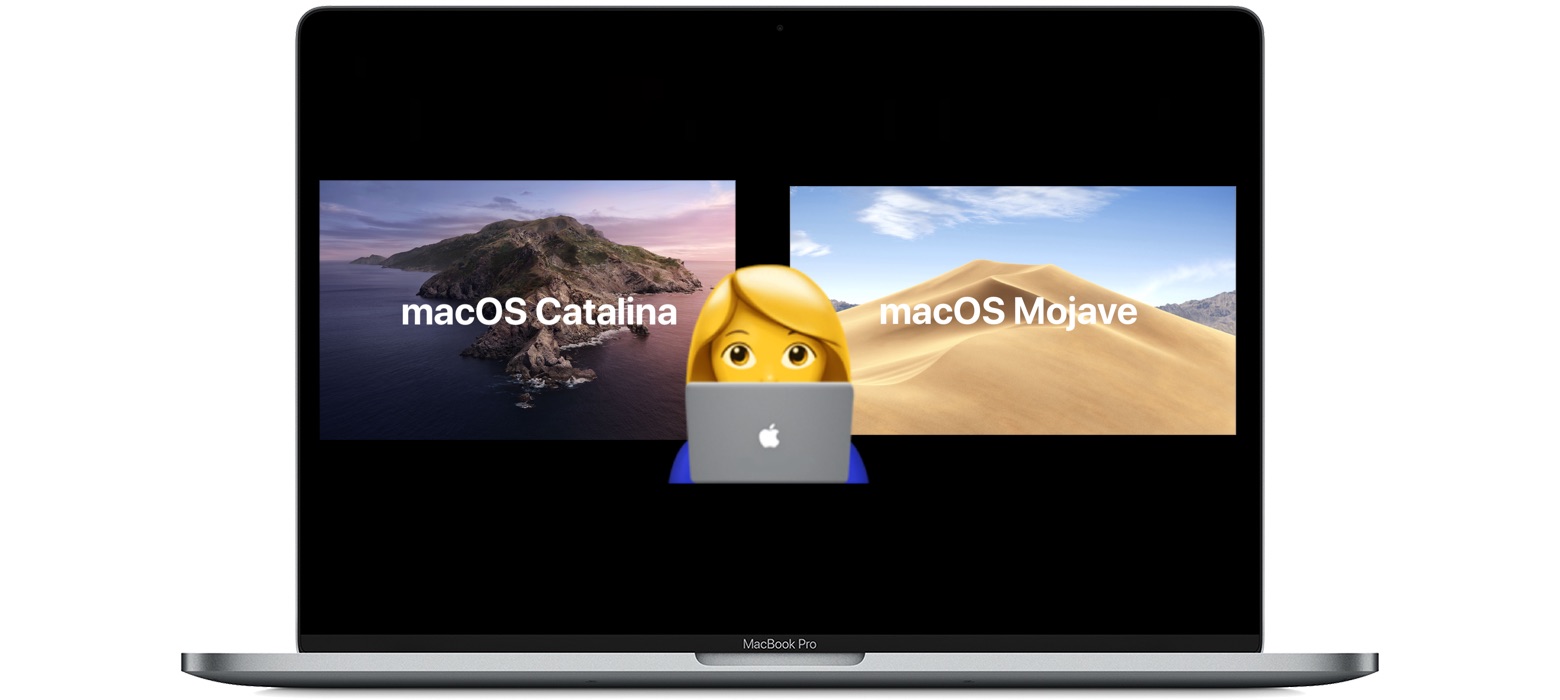Mac Os High Sierra Format Apfs
guys! So I Just upgraded my old Mid-2010 White Unibody MacBook with 8GB RAM and a 500GB SSD.
I installed a new copy of Mac OS High sierra and enabled TRIM.
Also I tried to startup in recovery mode to be able to convert the drive’s format from Mac OS extended Journaled to APFS but the option appears to be dimmed and cannot select it. I read that this operat
ion is always possible as long as you’re using an SSD.
Does anyone know if I’m doing something wrong here?
Your help will be pretty much appreciated!
J
Posted on


Apfs Mac Format
Set the Format type to APFS (SSDs only) or Mac OS Extended (Journaled.) Click on the Applybutton, then wait for the Donebutton to activate and click on it. Quit Disk Utility and return to the Utility Menu. Select Install OS Xand click on the Continuebutton. The Apple File System (APFS) is the file system used with Mac devices running macOS 10.13 High Sierra and later, while the older Mac OS Extended file system is available for older versions of macOS. You can still use either file system for your hard drives and attached storage devices, with both having their own pros and cons. High Sierra: both APFS and Mac OS Extended (Journaled) are acceptable formats for a backup of the system. Mirroring Apple's recommendations, we recommend that you choose APFS if your destination device is an SSD and will be used to back up macOS, or if you are backing up a T2-based Mac and you intend to enable encryption on the backup. The Apple File System (APFS) is the document machine used with Mac gadgets operating macOS 10.13 High Sierra and later, whilst the older Mac OS Extended document machine is to be had for older variations of macOS.
Apfs Volume Mac
High Sierra introduced APFS, Apple’s first entirely new file system on the Mac in decades. Today, Shirt Pocket Software announced an update to its backup utility SuperDuper! That is compatible with APFS. In fact, the app can create a bootable clone for any Mac running Mac OS X 10.9 and later. Supporting a brand new file system is a tall order.